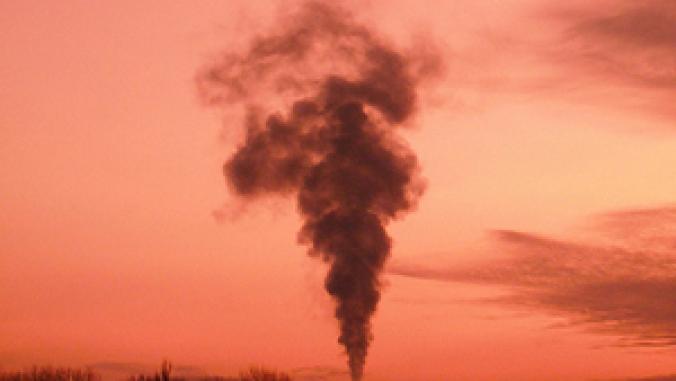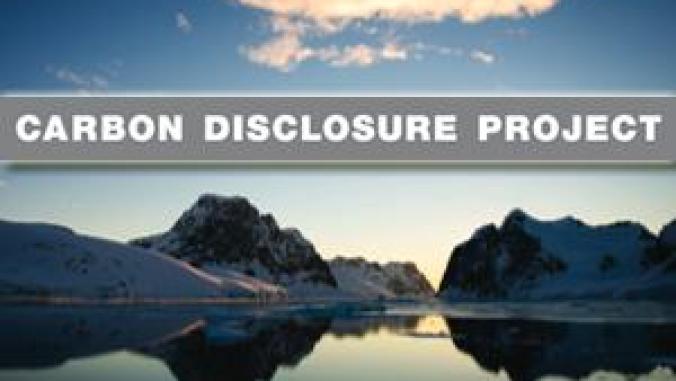ConAgra Sets Reduction Goals for CO2, Packaging, Water Use
<p>ConAgra Foods vowed to become a more efficient company Monday, with goals to use less water and packaging for its products while also trimming related greenhouse gas emissions.</p>

Image CC licensed by Flickr user Neubie
ConAgra Foods vowed to become a more efficient company Monday, with goals to use less water and packaging for its products while also trimming related greenhouse gas emissions.
The company announced five sustainability goals aimed at cutting its massive environmental footprint by 2015. First, the company plans to reduce greenhouse gas emissions by 20 percent per pound of product, relative to a 2008 baseline.
Since the company's goals are set on a per-pound basis, however, ConAgra's absolute emissions could continue to grow even as it meets those goals, as they did in fiscal year 2008 due to production growth.
The company's first greenhouse gas emissions inventory in fiscal year 2007 pegged its inventory at 2.033 million metric tonnes of carbon dioxide equivalent. Emissions inched up to 2.074 million metric tonnes a year later. Scope 1 emissions accounted for 57 percent of its footprint, the vast majority of it from onsite fuel. The company is currently analyzing Scope 3 emissions, including supply chain, product retail distribution and consumer use.{related_content}The company also set intensity goals for water use and packaging. ConAgra intends to cut water use per pound of product by 15 percent by 2015, compared to a 2008 baseline. The company used 13 billion gallons of water in 2008.
Meanwhile, it plans to reduce packaging by 10 percent per pound of product over the same time frame. ConAgra also plans to increase the amount of packaging it uses that's made from renewable sources to more than 50 percent, compared to 45 percent currently. Overall, it will grow recycled content in its packaging by 25 percent. The company began replacing conventional plastic film and labels on some products in 2009 with bioplastic materials.
ConAgra is also aiming for a waste diversion rate of 75 percent, based on 2011 levels. Its last goal involves helping its supply chain partners improve environmental performance for waste, water, energy and materials, and working with farmers to promote sustainable farm practices.
ConAgra's Lamb Weston Inc. plant in Quincy, Wash., recently made headline when it was designated an Energy Star building. The U.S. Environmental Protection Agency also recognized the company in late 2009 for its greenhouse gas emissions reduction goal as part of its participation in the Climate Leaders program.
Image CC licensed by Flickr user Neubie.




